

Max Davies
How Audi, BMW, Honda, Mercedes-Benz, and Suzuki started out in Australia, and where they are now
2 Hours Ago
We went to the Beijing motor show and have seen just how far Chinese carmakers have come – and why the Japanese and Europeans should be worried.

Publisher
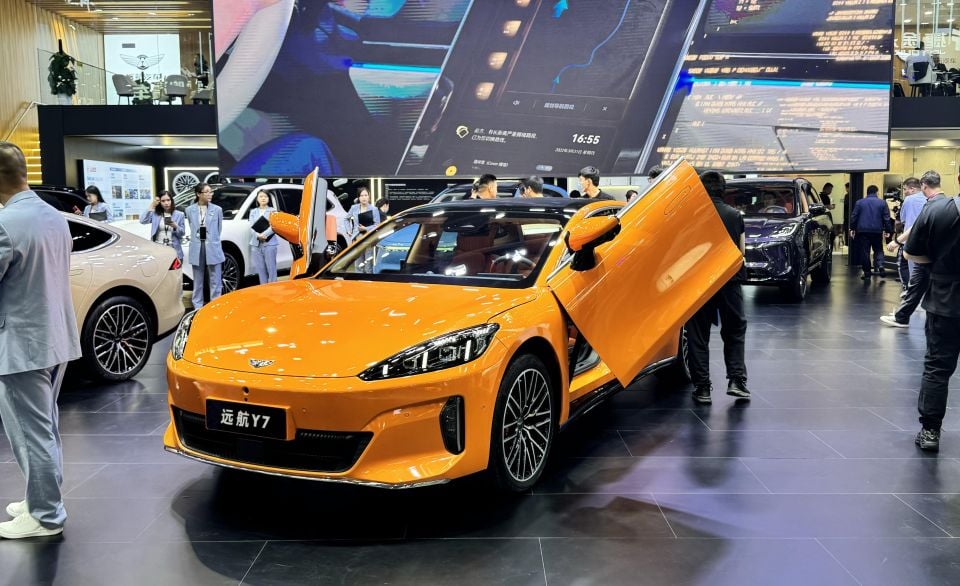

Publisher
There’s no denying that Chinese cars can be polarising.
The average person doesn’t really care where their car is coming from, though, and with non-Chinese brands like Tesla, Mini, BMW, Volvo and others already making and delivering cars to our market from China, the idea of a Chinese car is actually rather blurry.
Nonetheless, there are plenty of actual Chinese brands like MG, GWM and Chery that are already operating in Australia and there are many more (Zeekr, Aion etc) that are set to launch in the near future.
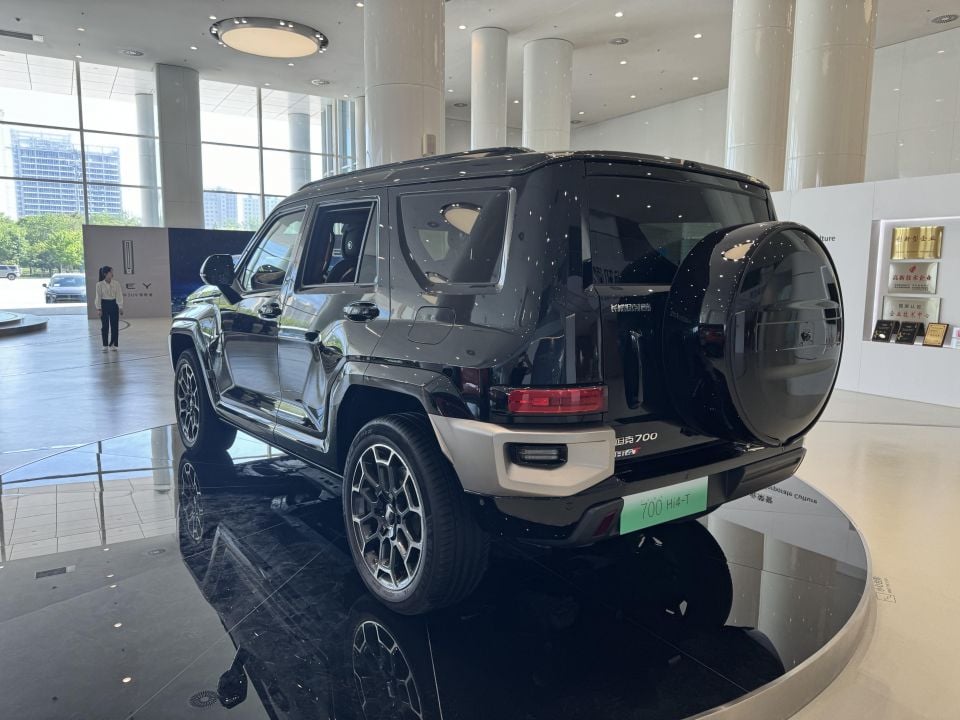
The onslaught of Chinese brands in our market has only just started, and spending last week at the Beijing motor show made us realise just how much more there is to come and, more importantly, why it will come.
It was the very first motorshow we have attended where referring to ourselves as Car Experts probably didn’t apply. So many brands, so many cars… like a kid in a candy store not knowing what most of it was.
From four-door sedans with scissor doors, an almost limitless number of SUVs in differing sizes looking like G-Wagens and Defenders to endless hypercar-looking EVs that blended the very best of their donor’s designs, the Chinese carmakers were out in force to showcase what they had built and what they had coming.
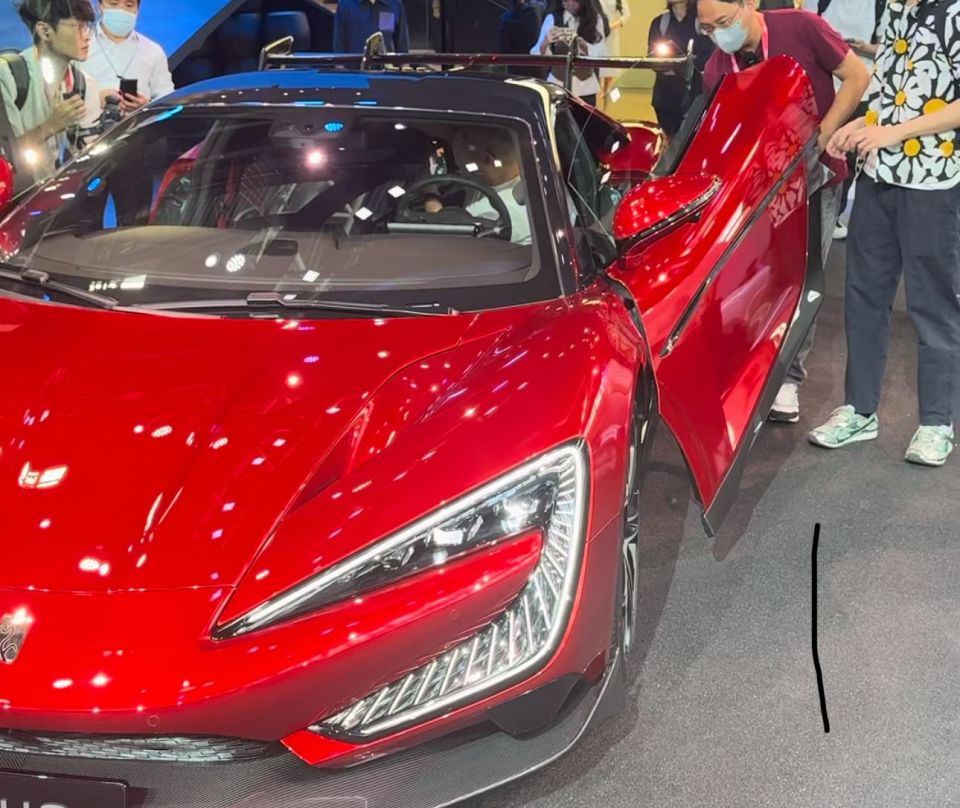
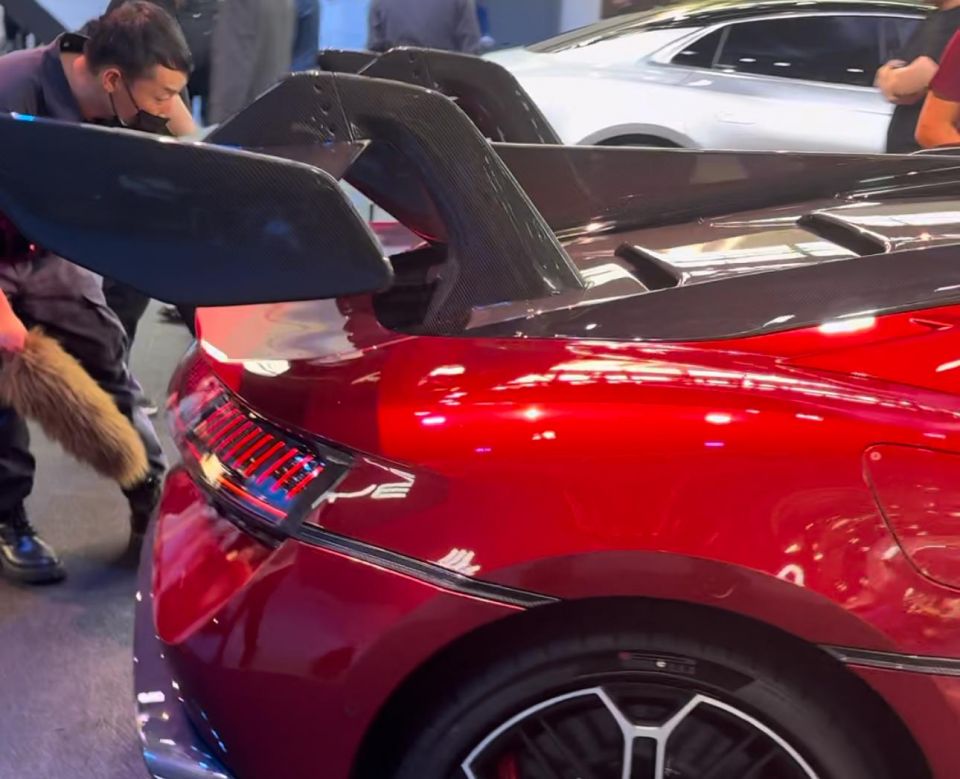
To say that here in Australia, we have a good grasp of what is available in China in terms of automotive options would be laughable.
There is genuinely a car for everyone, and with the rapid takeover of electric cars, the capacity to take the same battery and motor setup and put it in as many body types and styles has created a fast-paced culture that should scare the hell out of the rest of the automotive manufacturing world.
While the Europeans and especially the Japanese have struggled to adapt to the changing world of electrification at the same rate as the Chinese, this movement is so much more than just EVs.
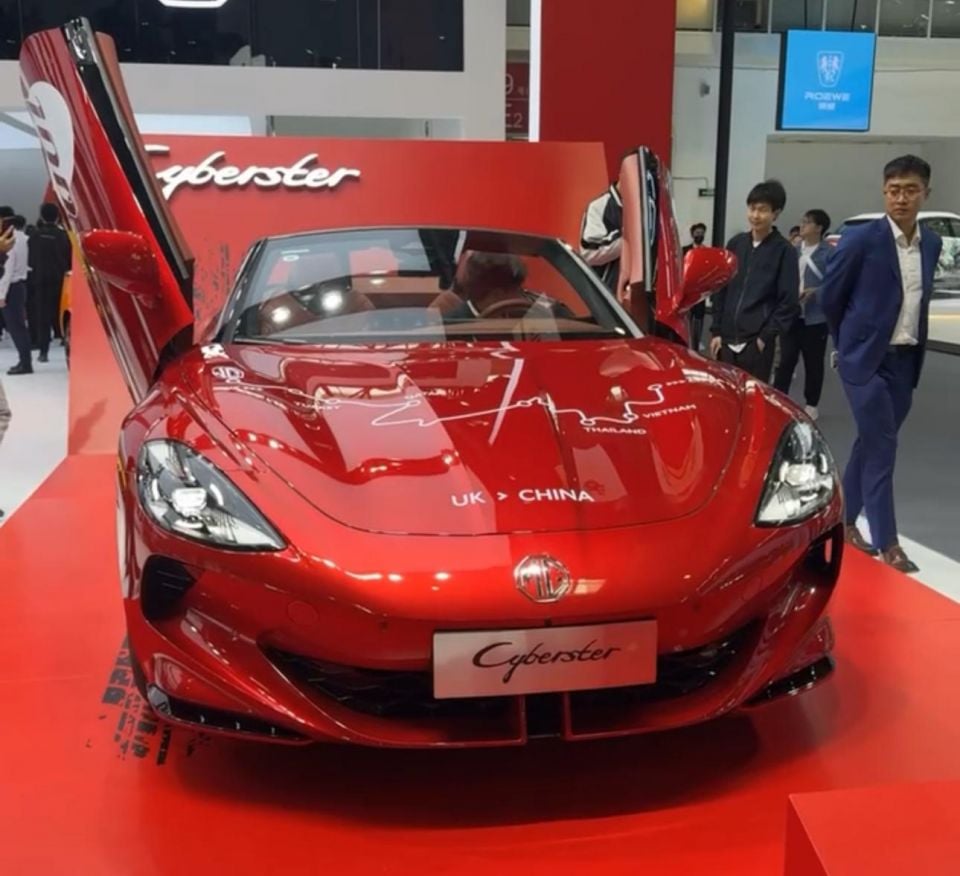
Almost every Chinese car we jumped in had more screens than any Japanese car on sale today, often using super responsive Android software that felt like the latest smartphone rather than the antiquated systems you’d find in most Japanese cars. The fit and finish of the interiors was also a huge step up from what we are used to here today.
The last time we attended the Beijing motor show was before COVID, and the rate of change has been marked as the Chinese have hired foreign engineers, production managers and designers – MG, for example, recently appointed the guy who penned the Bugatti Veyron as a designer.
Now I know you’re thinking, “But the quality is crap!” It’s really not. This may have had some truth a decade or even five years ago, but it’s categorically not the case now.
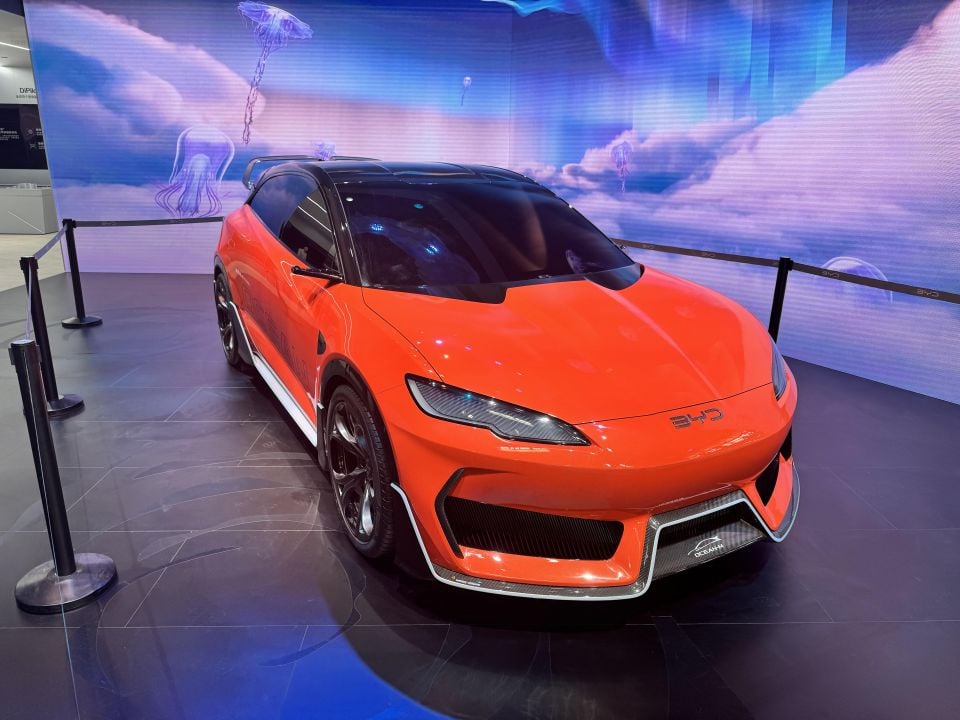
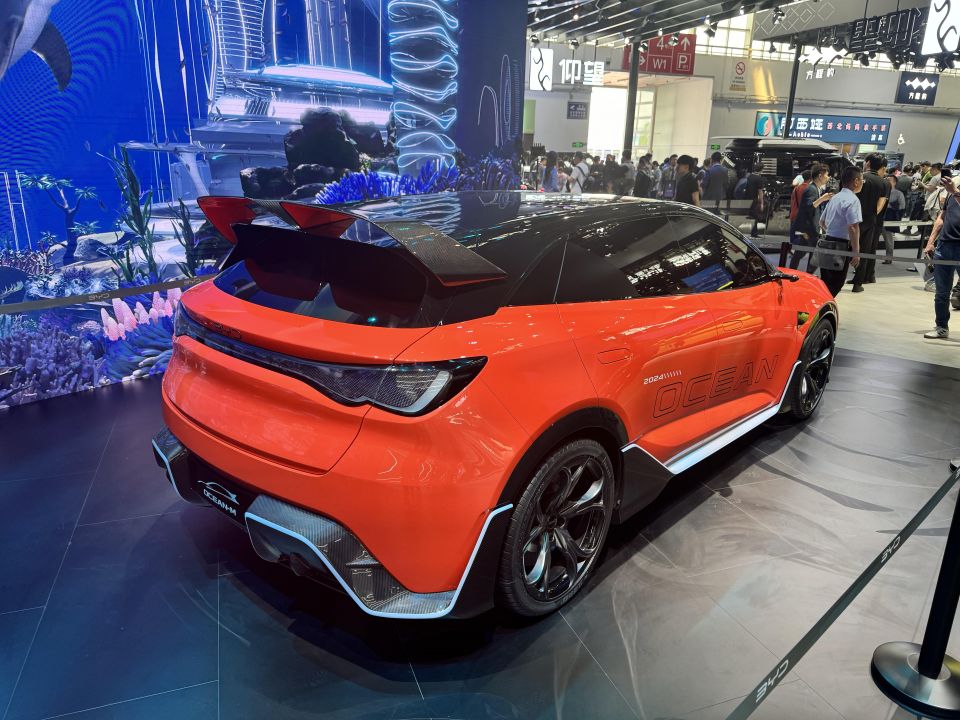
We sat in over 50 different cars and pushed and prodded as many things as we could and tried to scratch beneath the surface.
We also did the same to the non-Chinese brands at the show and of course, you can’t judge quality, reliability and durability based on sitting in a car, but in an apples-to-apples comparison, the Chinese cars seriously stacked up. In most cases, they were actually nicer to be in.
It’s a genuinely scary thought what has happened in that market and how quickly it has all come about.
Given the long warranty periods brands like GWM, MG and Chery have in Australia (seven-year, unlimited-kilometre warranties for all), there is no question the carmakers back their products as well.

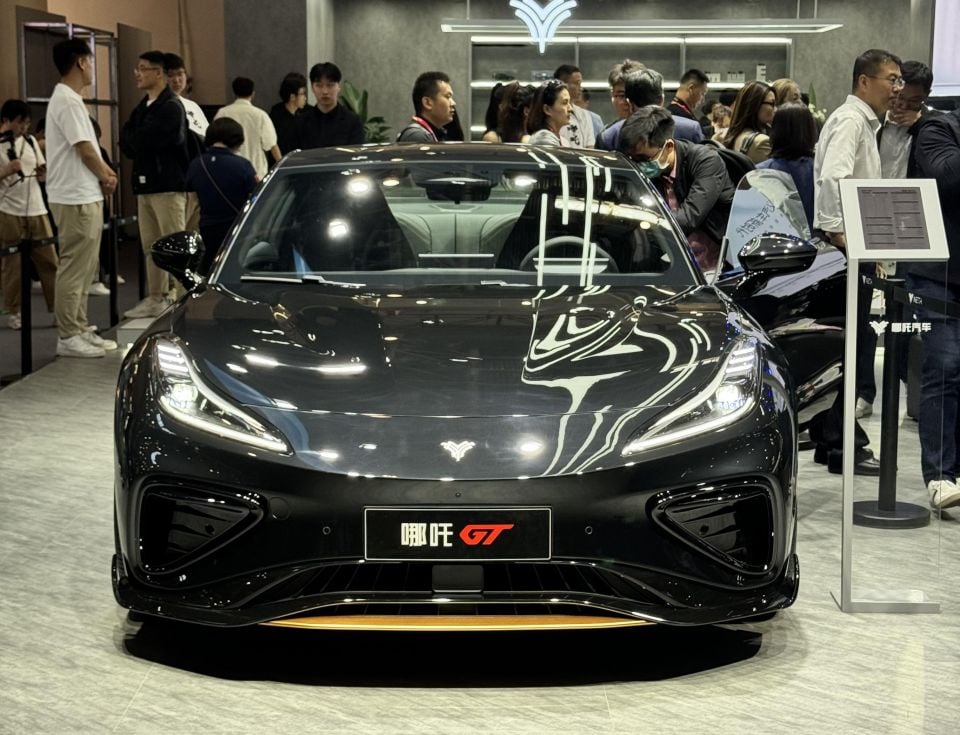
But why Australia? Why has our market become the Chinese battleground for so many emerging carmakers? The reasons are pretty simple when put into context. Australia is the closest and easiest Western market for Chinese brands to test their products.
Going to Europe requires billions of investment, and North America is even worse. As for Australia, a brand can set up a reasonable chain of dealerships in Sydney, Melbourne, Brisbane, Perth, and Adelaide and cover the majority of the population relatively quickly.
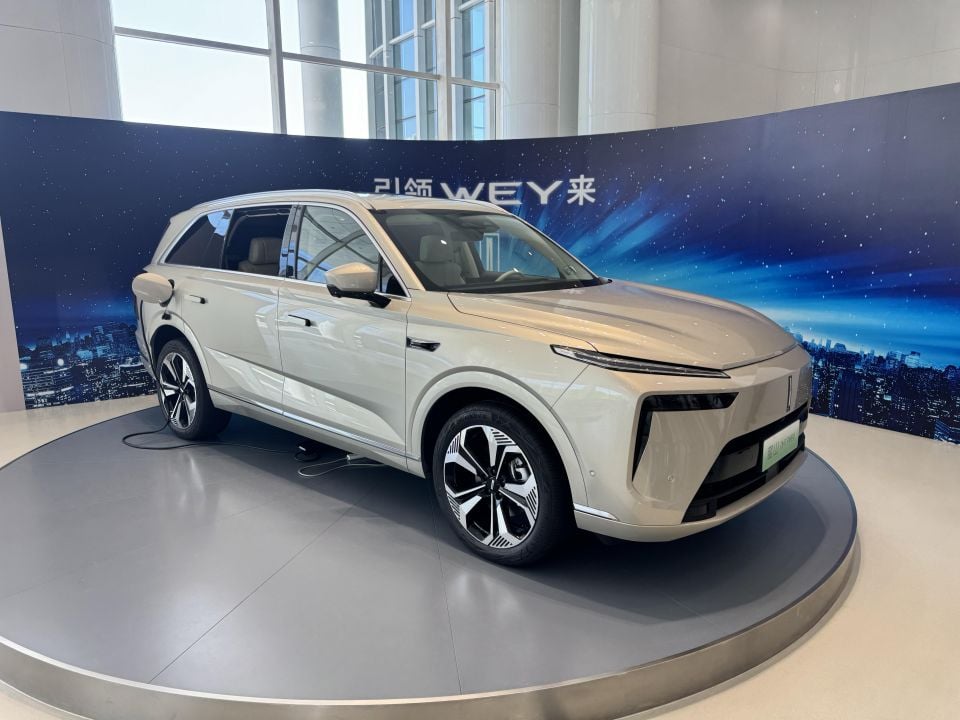
This allows Chinese brands to test market acceptance before they invest significantly more and enter much larger Western markets.
This certainly was the case with MG, with the brand having come here, proven itself to be very successful, then ventured into markets in Europe and beyond.
Rewind 10 years to 2014 and only 4154 Chinese-made cars were sold in Australia. Last year, 193,433 reached Australian buyers, and they are only getting started.
Alborz Fallah is a CarExpert co-founder and industry leader shaping digital automotive media with a unique mix of tech and car expertise.


Max Davies
2 Hours Ago


William Stopford
2 Hours Ago


Derek Fung
2 Hours Ago


Max Davies
10 Hours Ago


William Stopford
1 Day Ago


Ben Zachariah
1 Day Ago